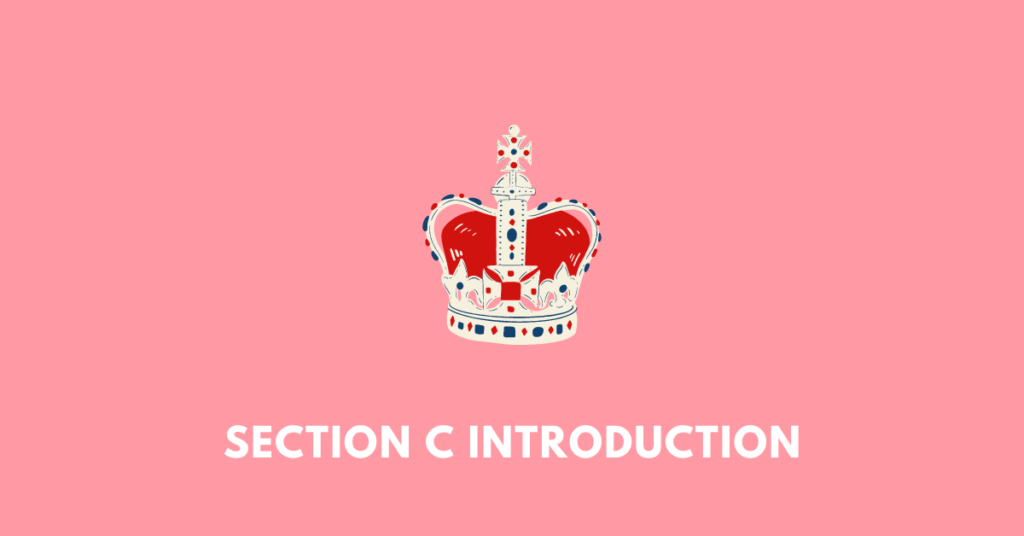Get summary, textual answers, solutions, notes, extras, PDF to NBSE Class 11 (Arts) History (Themes in World History) Section C Introduction (Changing Traditions). However, the educational materials should only be used for reference and students are encouraged to make necessary changes.
Summary
By the ninth century, large parts of Asia had witnessed the rise and expansion of empires. These empires, such as the Egyptian, Assyrian, Chinese, and Mauryan, were continental or transcontinental, much like the later Macedonian, Roman, and Arab empires. The Mongol empire also shared this scale.
Empires emerged unexpectedly, but their rise was the result of long-term changes in the core regions. In Europe, from the ninth to the seventeenth centuries, several modern developments took shape, such as scientific inquiry based on experimentation, improved government structures, and technological advancements in agriculture and industry. Outside Europe, these changes also had noticeable effects.
The disintegration of the Roman Empire by the fifth century led to its adaptation by new kingdoms in Europe. Despite smaller urban centres in western Europe, these areas were influenced by the Church and royal governments, which combined Roman institutions with tribal customs. The most prominent example of this was Charlemagne’s empire in the ninth century. Even after its fall, urban centres and trading networks survived.
Feudalism became prominent during this time, with land controlled by lords and worked by serfs who owed them loyalty. The Catholic Church, a major landowner, played a significant role in guiding people’s behaviour for a better afterlife. Monasteries were established, and the Church connected Europe with scholarly work that extended from Spain to Byzantium.
As Europe moved toward the Renaissance in the fourteenth century, interest in life and humanity grew. This period, influenced by Islamic and Greek art, spurred European creativity in art and literature. Encounters with other cultures, especially during trade and exploration, revealed the diversity of the world and exposed Europeans to new ideas and technologies.
Extra/additional questions and answers
1. What empires were continental or transcontinental in nature?
Answer: The Egyptian, Assyrian, Chinese, and Mauryan empires were continental or transcontinental in nature, whereas the Macedonian, Roman, and Arab empires were also continental or transcontinental.
2. What inspired Europeans to take a fresh look at the world during the Renaissance?
Answer: The example of Greek art and ideas brought to Europe through Byzantine trade, along with Islamic art and literature, inspired Europeans to take a fresh look at the world during the Renaissance.
3. Who was Hasan al-Wazzan, and what did he write?
Answer: Hasan al-Wazzan, later known in Europe as Leo Africanus, was a North African geographer and traveller who wrote the first geography of Africa for Pope Leo X in the early sixteenth century.
4. How did Jesuit churchmen contribute to the understanding of Japan?
Answer: In the sixteenth century, Jesuit churchmen observed and wrote about Japan, contributing to the broader European understanding of the country.
5. How did Europeans behave during their encounters in the Indian Ocean after Vasco da Gama’s arrival?
Answer: After Vasco da Gama’s arrival in Calicut, Europeans sometimes acted cautiously, self-effacing, and observant, while in other cases, they were overbearing, aggressive, and cruel.
38. When were the first sugar plantations established in the West Indies?
Answer: The first sugar plantations were established in the West Indies in 1654.
Extra/additional MCQs
1. By which century had large parts of Asia witnessed the rise and expansion of empires?
A. Sixth
B. Eighth
C. Ninth
D. Twelfth
Answer: C. Ninth
2. When did the Roman Empire in the west disintegrate?
A. Second century CE
B. Fifth century CE
C. Seventh century CE
D. Tenth century CE
Answer: B. Fifth century CE
3. What was the name of the empire ruled by Charlemagne in the ninth century?
A. Byzantine Empire
B. Roman Empire
C. Mongol Empire
D. Holy Roman Empire
Answer: D. Holy Roman Empire
4. Which term describes the system where lords held land worked by serfs?
A. Capitalism
B. Feudalism
C. Socialism
D. Colonialism
Answer: B. Feudalism
5. In which century did the Renaissance begin, shifting focus toward life itself?
A. Twelfth century
B. Fourteenth century
C. Fifteenth century
D. Sixteenth century
Answer: B. Fourteenth century
31. When did Peter the Great attempt to modernise Russia?
A. 1682
B. 1700
C. 1644
D. 1635
Answer: A. 1682
Get notes of other classes and subjects
| NBSE | SEBA/AHSEC |
| NCERT | TBSE |
| WBBSE/WHCHSE | ICSE/ISC |
| BSEM/COHSEM | MBOSE |
| Share Feedback | Question Papers |

